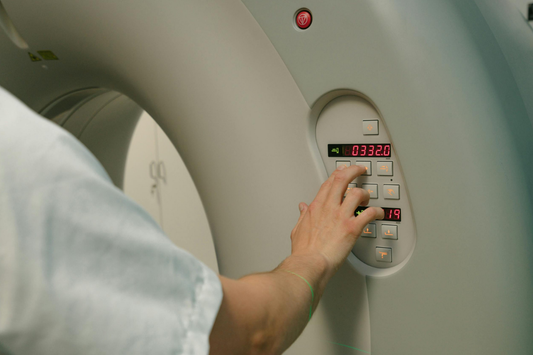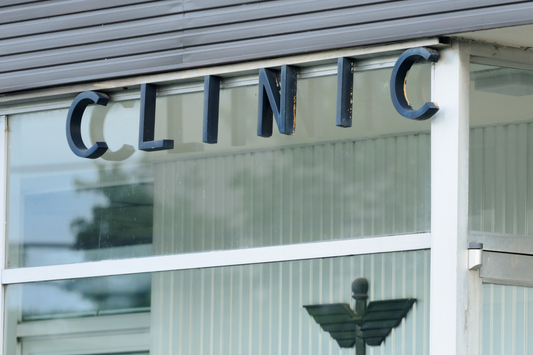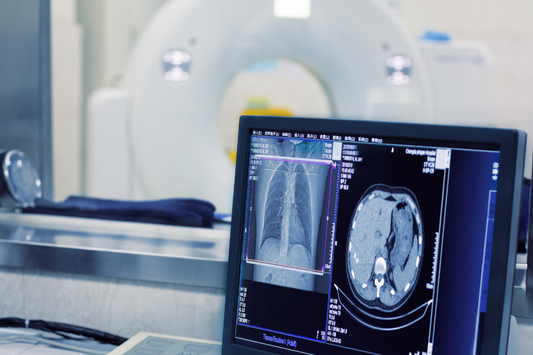
Medical Equipment: Detector Modules
Share
In selling detector modules for PET machines and other diagnostic gear, we understand the challenge of making these parts work in the best ways when medical equipment is being used in the field.
Here are some of the considerations to think about with detector modules and their design.
Sensitivity
Diagnostic and imaging equipment needs to be calibrated correctly in terms of its sensitivity. This helps to separate the signal from the noise and leads to more accurate diagnostic results.
“Detector modules in small ring diameter PET scanners must possess depth-of-interaction (DOI) encoding, increased spatial sampling, high sensitivity, and the ability to handle high photon input rates without excessive pulse pileup or random coincidences,” writes a scientific author explaining this process, in a piece archived at ResearchGate. “Spatial sampling in 3D was increased by introducing a half crystal pitch spatial offset between the entrance and exit arrays in both the X and Y directions. Position detection accuracy in both the LGSO and GSO layers, and the accuracy of DOI assignment of events to either layer was high. These results suggest that this combination of scintillators and acquisition/processing methods may be particularly useful in the design of high performance, small ring diameter PET scanners for small animal imaging.”
We think about this in our approach to selling detector modules that work for a modern medical provider. In a similar consideration, spatial resolution is also important, as in this overview:
“A key component of a PET system is the detection of the coincident gamma rays associated with positron decay. In the process of designing PET detectors for these tasks, many compromises must be made between the ultimate spatial resolution, sensitivity, factors affecting the final image signal-to-noise ratio, and the cost of production.”
Superior Design
By designing detector modules and other gear in the best way, we serve technicians and clinical professionals who are trying to deliver the best outcomes for patients.
Taking this responsibility seriously improves quality of care. Ultimately, it saves lives! Everything that clinicians do, and the tools that they use, work together for optimal outcome, including prognosis.
Cost
There's always a consideration of cost as well when building and marketing these products
We take care to always consider markets for this gear as we continue to provide a catalog that works for modern medical professionals. Take a look and ask us any questions that you may have for procurement, as part of hospital modernization or some other initiative to “build up better” for clinical work.



